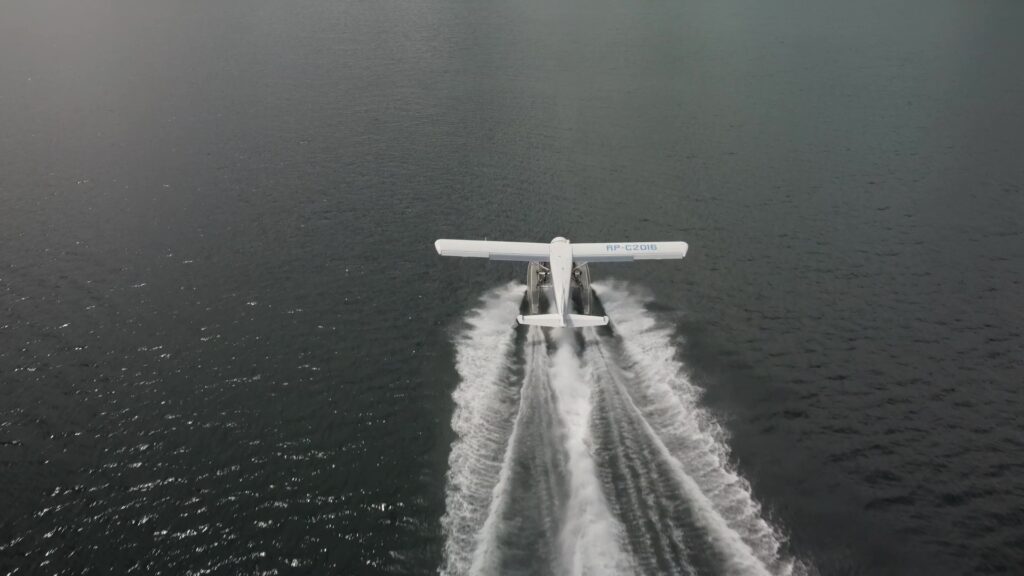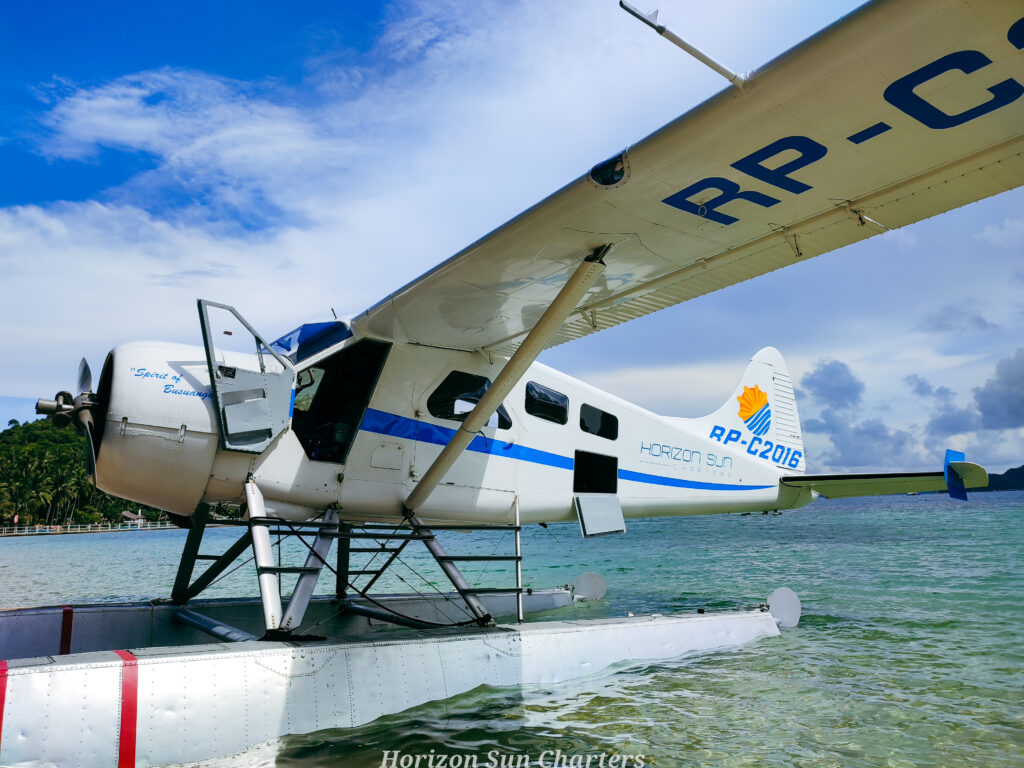
Seaplane or Floatplane?
First, a quick bit of terminology. The terms floatplane and seaplane are often used interchangeably, but there is a difference between them. A floatplane lands on floats or pontoons attached to the aircraft fuselage without the fuselage making contact with the water. A seaplane, or flying boat, lands using its fuselage.
Seaplanes are very different aircraft from floatplanes. They are designed around a single fuselage which offers buoyancy. They may also have floats attached to the wings for stability, but they rely on the fuselage for buoyancy.

Floatplanes are more common today
The flying boat was popular in the early days of aviation. Indeed, before the Second World War, there were few land runways. Landing on the water gave access to many new locations. Airports are expensive to build, and flying boats played a huge role in the development of aviation around the world.
Many airlines operated flying boats, and often on impressive long flights. Pan Am, for example, flew the Sikorsky S-36, S-38, S-40, and S-42, as well as the Martin M-130. These introduced its well-known Clipper names. It also operated nine Boeing 314 flying boats. Qantas (as Qantas Empire Airways) operated the Empire flying boat between Australia and the United Kingdom.
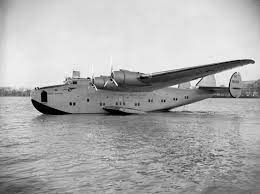
After the war, the use of flying boats declined as more airports were available, and manufacturers turned to larger land-based aircraft. Flying boat use has continued, though, in some areas. Floatplanes have replaced them for the role of water landing, particularly for shorter flights in island or lake locations. Used today by Horizon Sun Charters in the Philippines, a country with over 7,300 Islands!
Adapting commercial models
Many floatplanes in use these days are adapted land-based aircraft, although some are specifically built as floatplanes. Several manufacturers offer models with floats fitted instead of a traditional undercarriage and certified with an additional airworthiness type certificate.
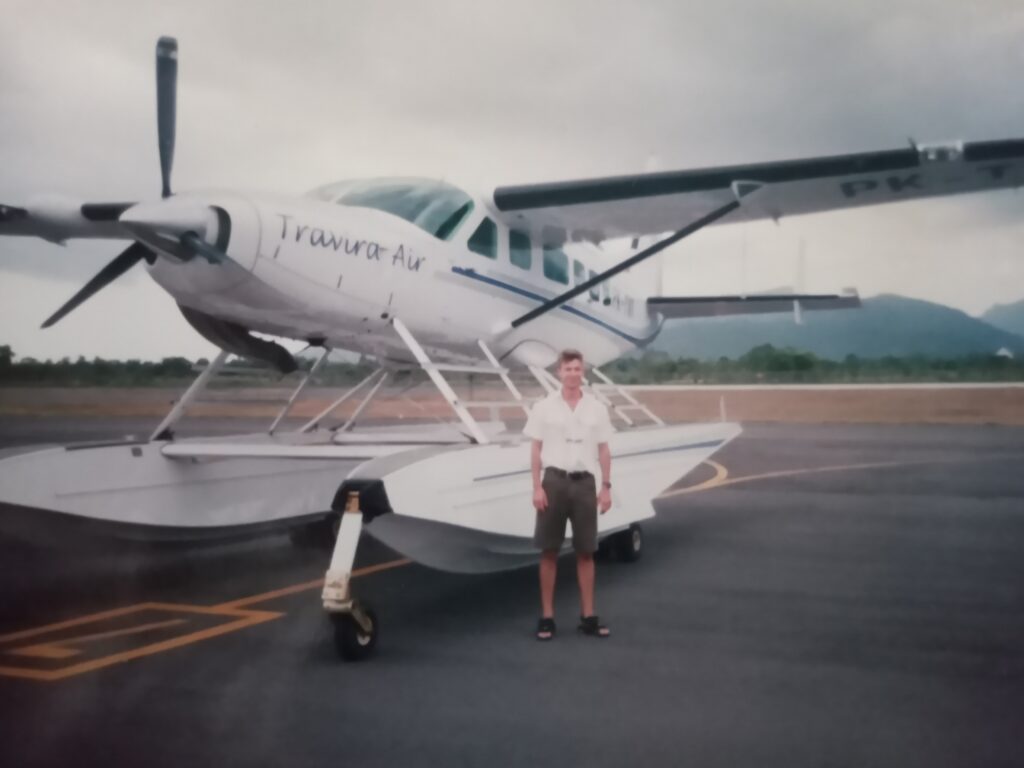
Some aircraft will maintain a standard undercarriage, allowing amphibious use on land as well. This will aid extra weight and complexity, however.
Apart from replacing the undercarriage., few other modifications need to be made to the aircraft. Unlike a seaplane, the fuselage is not designed to come into contact with the water, so no special modification or sealing is required.
Likewise, flight controls remain the same, although the aircraft will handle differently in the air and when landing. Pilots need to train to be aware of this. The extra drag and weight of the added pontoons will make aircraft less maneuverable, and the rate of climb is reduced.
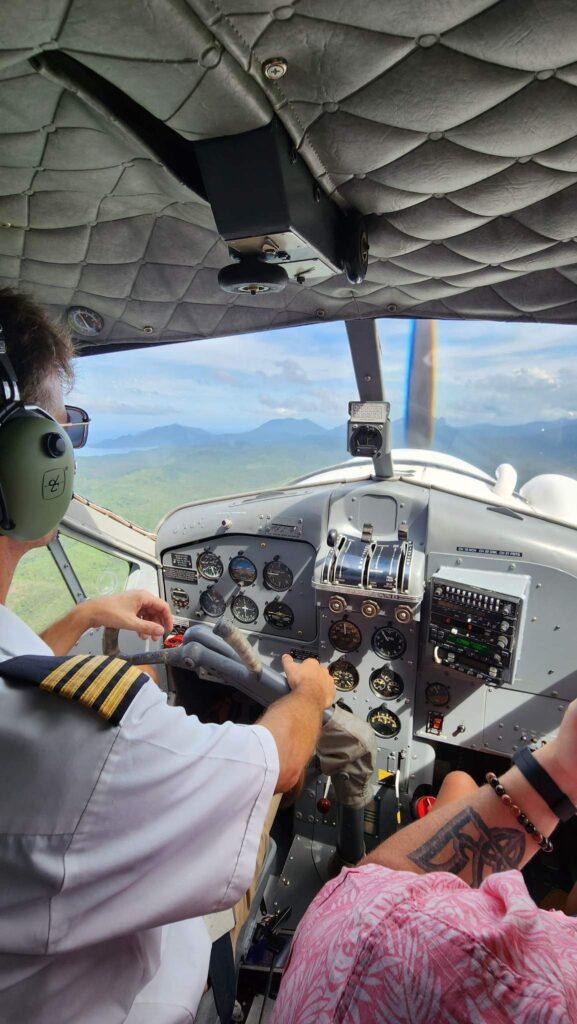
As long as pilots stay aware of the changed handling conditions, flying and landing a flying boat is similar to a standard aircraft. The approach path and speed would be similar, flaring as usual before touching down on the water. The increased drag, though, will slow the aircraft much faster. Most floatplanes will have some sort of a rudder to aid control in the water.
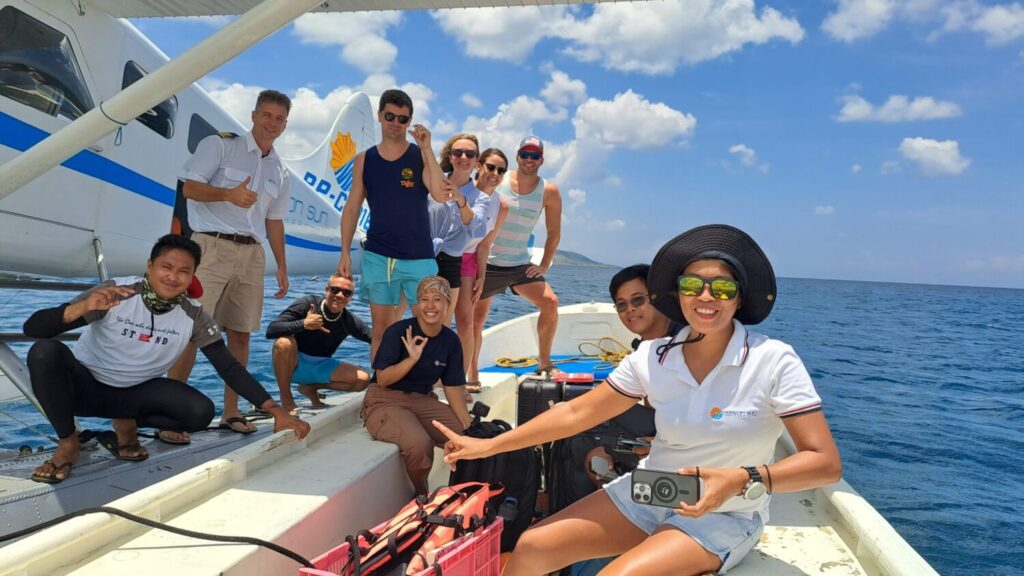
Come and experience the thrill of flying on a seaplane with Horizon Sun Charters in the breathtaking landscapes of Palawan, Philippines. Whether you’re seeking a Seaplane Scenic Flight to take in the awe-inspiring views, Charter Services tailored to your specific needs, Resort Transfers to your island paradise, or an adventure-packed holiday with our hassle-free Adventure Packages, we’ve got it all and more!
Our team is dedicated to making your experience unforgettable, from the moment you contact us. Let us be your adventure partners and help you plan the journey of a lifetime. Soar above pristine waters, lush forests, and stunning coastlines as you create lasting memories with us.
Don’t miss out on this incredible opportunity to fly and Discover Palawan like never before. Contact us now, and let your seaplane adventure begin!

